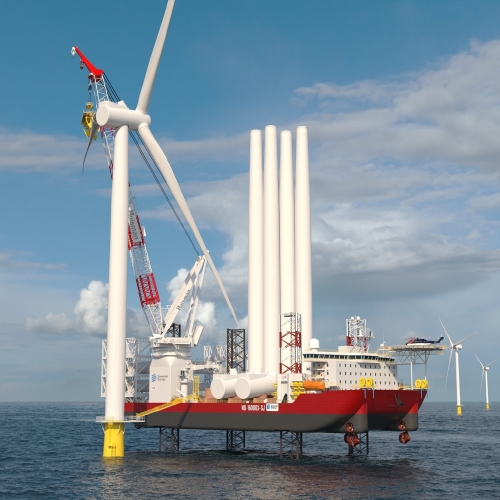ERM has been working with Aviation Projects for over three years on various wind farm development projects, with positive tangible results for our business and, more importantly, for our clients. The industry leading expertise, level of professionalism and meticulous attention to detail delivered by Aviation Projects are a reflection of the high standards that they set for themselves. The client’s desired outcomes are always of the highest consideration and adherence to standards and regulations are paramount.
I highly recommend Aviation Projects to any business that needs to identify and address potential aviation safety impacts in order to secure a development approval.
The purpose of Aerodrome Spatial and Safeguarding is to assess the potential impacts of proposed infrastructure development projects on the airspace surrounding aerodromes, and navigable airspace in areas away from aerodromes, to ensure that aircraft operations are not adversely impacted.
CASA AC 139.E-05 v1.1) defines Navigable Airspace as “the airspace above the minimum altitudes of VFR and IFR flight, including airspace required to ensure the safe take-off and landing of an aircraft. Generally, minimum altitude limits equate to 500 ft (152 m) or 1 000 ft (305 m) above ground level depending on the situation, i.e., whether or not the flying is over a populous area.” (CASA AC 139.E-05 v1.1)
Offshore wind farms are an emerging technology that will require some long standing conventions for navigable airspace over water to be reconsidered.
At present the aviation industry considers that it is safe to descend to 500 ft AMSL once established overwater in conditions that may be less than VMC.
An LSALT of 1500 ft for IFR operations over water is also universally accepted, based on the lack of permanent obsticles over the seas and oceans.
Once the construction and operation of offshore wind farms with wind turbines with rotor blades tips up to 300 m above sea level the entire aviation industry will need to reconsider the safe operation of aircraft at lower altitudes off the coast.
Ships delivering the wind turbines from available port facilities where the turbines are constructed to the offshore wind farm area, will also need to be considered as they will be transporting turbine towers vertically up to 180 m tall in all weather conditions suitable for the ship and independent of low level aviation activity.
The conventional Navigable Airspace considerations over the sea will need some renewed consideration in regard to the impact of these offshore wind farms.
Aviation Projects is working with offshore wind farm developers to determine an effective method of ensuring that the construction and transport of wind turbine components that stand taller than navigable airspace limits to ensure that aviation safety standards are maintained.
